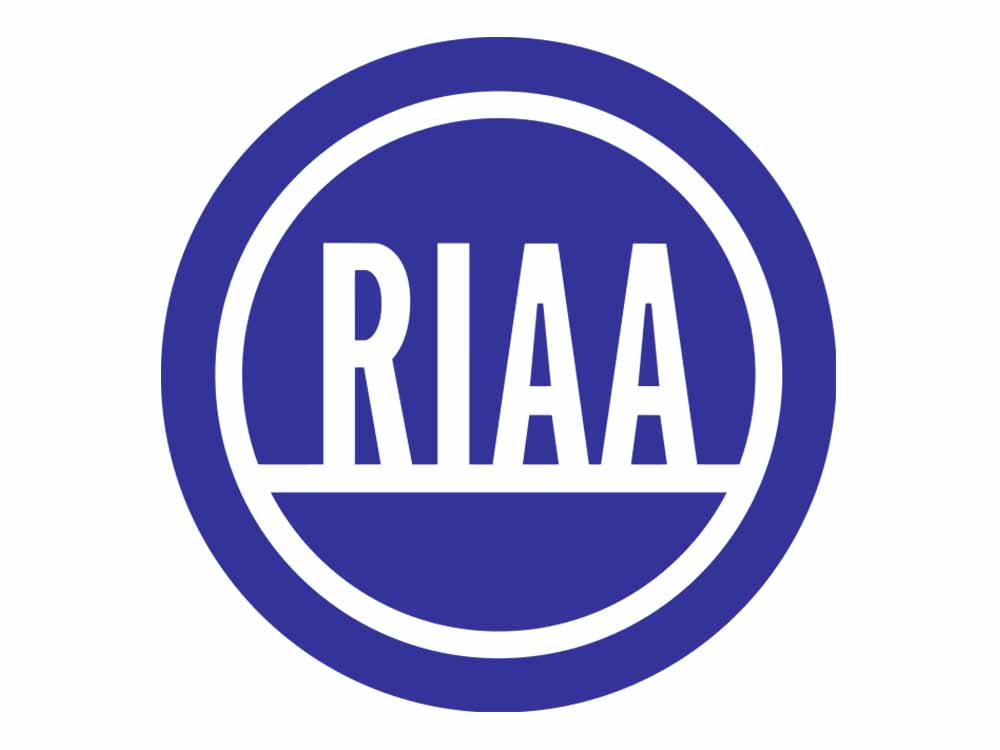The RIAA in 2003: Battling Piracy and Shifting Music Industry Dynamics
The Recording Industry Association of America (RIAA) faced significant challenges and opportunities in 2003 as it navigated the rapidly evolving landscape of the music industry. From battling piracy to adapting to new digital distribution models, the RIAA played a central role in shaping the future of music consumption and copyright protection.
Fighting Piracy and Illegal File Sharing
Rise of Peer-to-Peer Networks
In 2003, peer-to-peer (P2P) file-sharing networks like Napster, Kazaa, and LimeWire continued to thrive, allowing users to share and download music files freely. The RIAA viewed these platforms as a significant threat to the music industry’s economic viability, as they facilitated widespread copyright infringement and undermined traditional revenue streams.
Legal Battles and Lawsuits
To combat piracy, the RIAA intensified its legal efforts against individuals and organizations involved in illegal file sharing. The association filed thousands of lawsuits against users suspected of downloading copyrighted music without authorization, seeking damages and deterrent penalties. These legal battles garnered significant media attention and sparked debates about the ethics of file sharing and the effectiveness of litigation as a deterrent.
Digital Transformation and Industry Shifts
Emergence of Digital Distribution
Amidst the challenges posed by piracy, the music industry began to embrace digital distribution as a means of reaching consumers in new ways. In 2003, platforms like Apple’s iTunes Store gained traction, offering legal and convenient methods for purchasing and downloading music online. The RIAA played a pivotal role in negotiating licensing agreements and promoting legitimate digital services as alternatives to illegal file sharing.
Evolution of Business Models
The rise of digital distribution forced the music industry to rethink its traditional business models. Record labels and artists experimented with new approaches to monetizing music, including subscription-based streaming services, digital downloads, and merchandise sales. The RIAA supported these innovations while advocating for stronger copyright protections to safeguard artists’ intellectual property rights in the digital age.
Policy Advocacy and Legislative Efforts
Lobbying for Legislative Reform
In addition to its enforcement actions, the RIAA engaged in lobbying efforts to influence public policy and legislative reform. The association advocated for stricter copyright enforcement measures, including amendments to existing copyright laws and international treaties. These efforts aimed to create a more robust legal framework for combating piracy and protecting artists’ rights in the digital realm.
Collaboration with Law Enforcement
The RIAA collaborated closely with law enforcement agencies and government authorities to identify and prosecute individuals engaged in music piracy. The association provided support and resources to assist in investigations and enforcement actions targeting large-scale copyright infringement operations. By working in tandem with law enforcement, the RIAA sought to deter illegal activity and uphold the integrity of the music industry.
Looking Ahead: Adapting to a Digital Future
Embracing Innovation and Technology
As the music industry continued its digital transformation, the RIAA recognized the importance of embracing innovation and technology to remain relevant and competitive. The association supported initiatives to develop new platforms, technologies, and business models that would empower artists and enable them to connect with audiences in meaningful ways.
Protecting Artists’ Rights
Central to the RIAA’s mission in 2003 and beyond was the protection of artists’ rights and the promotion of a fair and sustainable music ecosystem. The association advocated for equitable compensation for artists and songwriters in the digital marketplace, seeking to ensure that creators received fair compensation for their work in an era of rapid technological change.











